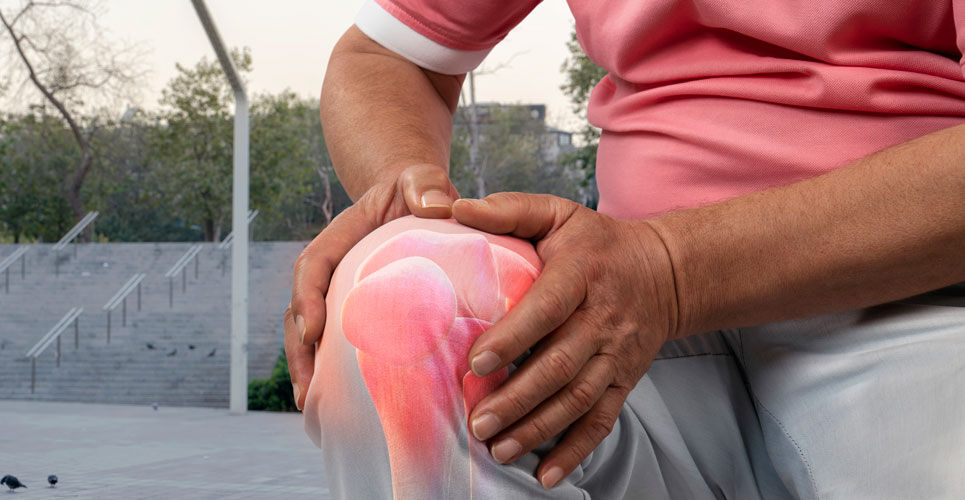Regular walking in patients with knee osteoarthritis is associated with a significantly reduced risk of developing new frequent knee pain
Individuals older than 50 years of age with knee osteoarthritis who undertake walking for exercise are significantly less likely to develop new frequent knee pain, compared to those who do not walk for exercise. This was the main finding of a study by US researchers.
Osteoarthritis (OA) is a leading cause of disability and a source of societal cost in older adults. Globally, the incidence of OA increased by 113% between 1990 and 2019 when there were estimated to be 527.81 million cases. Moreover, knee osteoarthritis accounts for approximately 85% of the worldwide burden of OA. Although pharmacological interventions for OA are known to be effective, non-pharmacological interventions such as exercise, are also strongly recommended for all OA patients. While there is evidence that supervised fitness walking can improve functional status without worsening pain or exacerbating arthritis-related symptoms in patients with knee OA, the study only lasted for 8 weeks.
For the present study, the researchers wanted to examine the impact of walking over a much longer period of time. They turned to data collected as part of the Osteoarthritis initiative, a prospective longitudinal observational study that recruited patients both with and without symptomatic knee OA from 2004 – 2006. Individuals had annual evaluations when they were first recruited and until month 48 and then every two years to month 96. The researchers included participants aged over 50 and with data on knee-specific pain and radiographs at baseline and at months 36 or 48, which provided evidence of OA. As part of their assessment, patients were asked about their level of walking, the time spent walking and for how many years. Individuals reporting walking for exercise at least 10 times (which was the question asked in assessment), were categorised as walkers and those who answered no, were deemed to be ‘non-walkers’. For their primary outcomes, the researchers used new frequent knee pain, medial joint space narrowing, which is a marker for worsening OA and the Kellgren-Lawrence grade, which again assess OA severity.
Walking and OA outcomes

A total of 1212 participants with a mean age of 63.2 years (45% male) were included in the final analysis, of whom, 73% were defined as walkers.
Among those who reported walking for exercise, there was a 40% lower odds of new frequent knee pain compared to non-walkers (Odds ratio, OR = 0.60, 95% CI 0.40 – 0.80). There was also a significantly reduced odds of medial joint space narrowing among walkers compared to non-walkers (OR = 0.8, 95% CI 0.6 – 1.0). However, there was no significant difference in Kellgren-Lawrence score worsening between the two groups.
The authors concluded that their findings offered a glimmer of hope that walking might improve OA symptoms and provide a structural benefit (based on lower medial joint space narrowing).
Citation
Lo GH et al. Association Between Walking for Exercise and Symptomatic and Structural Progression in Individuals with Knee Osteoarthritis: Data from the Osteoarthritis Initiative Cohort Arthritis Rheumatol 2022

